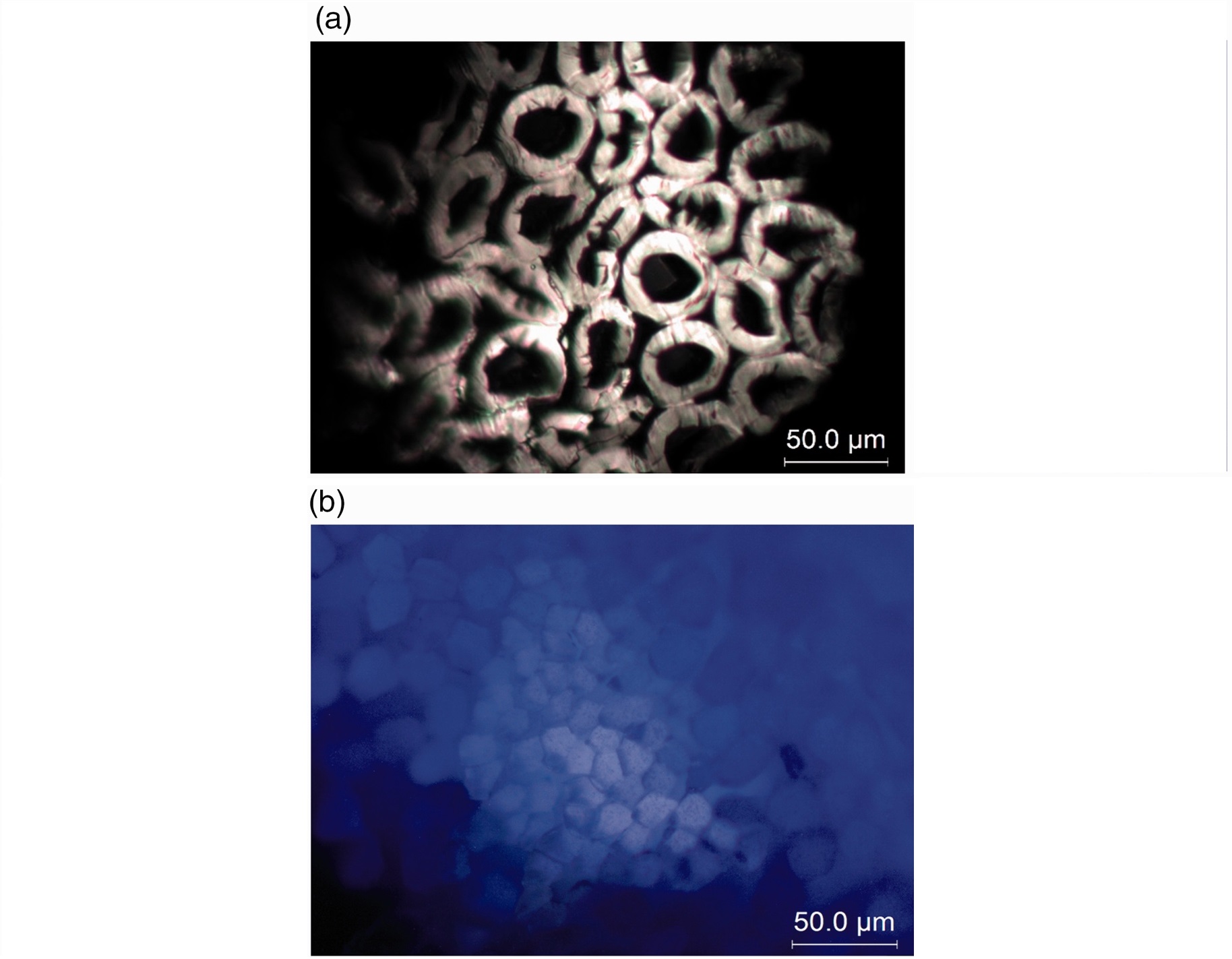Buoyant swimwear is becoming more common in recreational swimming use, so the performance of buoyant fabric is important when designing functional swimwear. In this study, potential buoyant inlaid knitted fabrics for buoyant swimwear are investigated. Three types of knitted structures, half milano, full milano and 1 × 1 rib, are selected and various kinds of tubes and foam rods in different diameters are prepared for inlaying during the knitting process by using a 7 G hand-knitting machine. The mean differences among the levels of three independent variables, (1) inlaid material, (2) yarn and (3) knitted structure, on three dependent variables (net buoyant force, compression and tensile properties) are analyzed by using a multivariate analysis of variance. The result shows that the net buoyant force and mechanical properties of the fabric are significantly different due to the inlaid material and knitted structure, but not the yarn. The net buoyant force increases with fabric thickness and the outer diameter of the inlaid material. The inlaid fabrics are less compressible than the control fabric and show better recoverability with an increase in the diameter of the inlaid material. For the tensile properties, the inlaid material reinforces the fabric in both the wale and course directions, in which the stiffness in the course direction is significantly increased. The inlaid fabric is stronger and resistant to breakage in the course direction when the diameter of the inlaid material is increased. The findings of this study contribute to developments in the textile and sportswear industry.
Zhou J.Y.



